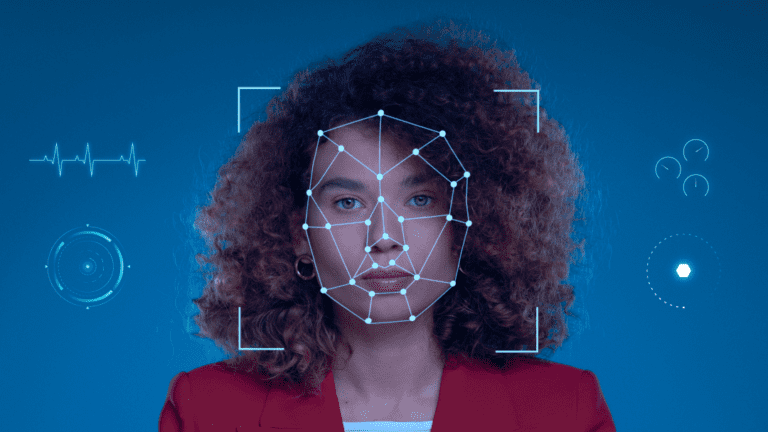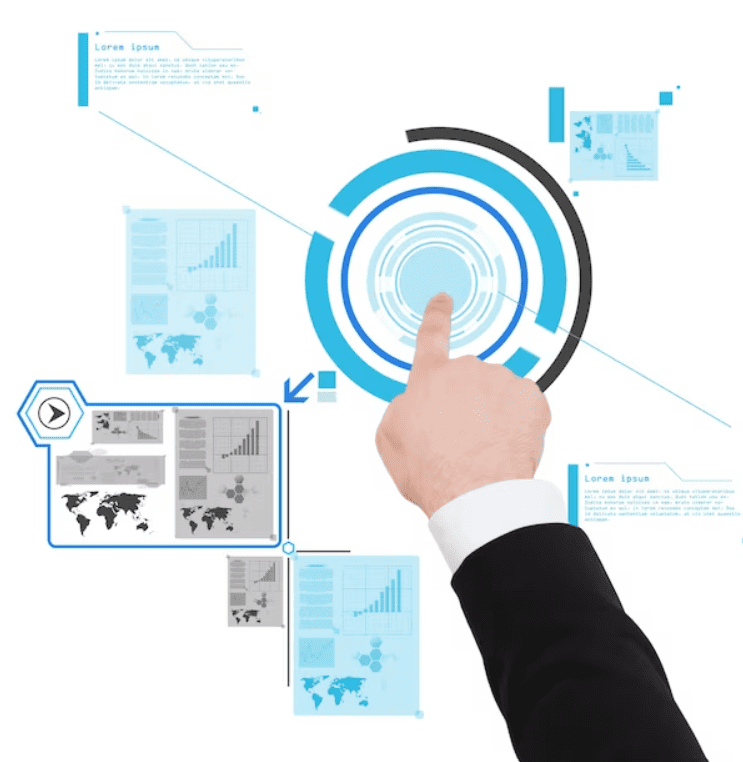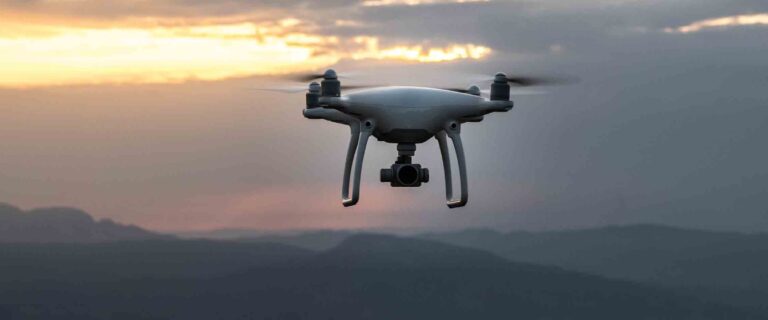Leveraging AI and Machine Learning in Your Startup: A Path to Innovation and Growth
Hi I am Rajesh. As a business consultant my clients are always asking about implementing of AI and Machine Learning in there business. And what are the factors that effect on business.
In recent years, artificial intelligence (AI) and machine learning (ML) have shifted from futuristic concepts to everyday technologies that are driving change in various industries. For startups, these tools can be especially powerful in enabling growth, streamlining operations, and creating new value for customers. Whether you're a tech-driven company or not, leveraging AI and ML can position your startup to compete with established players and scale faster. Let's dive into why and how startups can leverage AI and ML to transform their businesses.
Understanding the Basics of AI and ML#
First, it's important to distinguish between AI and ML. AI is a broader concept where machines simulate human intelligence, while ML is a subset of AI focused on enabling machines to learn from data. By analyzing patterns in data, ML allows systems to make decisions, improve over time, and even predict future outcomes without being explicitly programmed for each task.For startups, ML can unlock a range of capabilities: predictive analytics, personalization, and automation, to name a few. These capabilities often translate into increased efficiency, improved customer experience, and new data-driven insights. Artificial intelligence (AI) and machine learning (ML) offer startups powerful tools to accelerate growth, streamline operations, and gain competitive advantages. Here's a breakdown of how these technologies can help startups across various aspects of their business:
Enhanced Customer Experience#
Personalization: ML algorithms analyze customer data to understand individual preferences and behaviors. This allows startups to provide personalized product recommendations, content suggestions, or offers that resonate with each user, boosting engagement and satisfaction.
Customer Support: AI-powered chatbots and virtual assistants can handle customer inquiries, provide instant support, and resolve common issues, reducing response times and freeing up human agents for more complex queries. This helps in maintaining high-quality customer service even with limited resources.
Data-Driven Decision Making#
- Predictive Analytics: Startups can leverage ML to analyze historical data and identify trends, enabling them to forecast demand, customer behavior, and potential risks. This helps in making strategic decisions based on data-driven insights rather than intuition.
-Automated Insights: With AI, startups can automate data analysis, turning raw data into actionable insights. This allows decision-makers to quickly understand business performance and make informed adjustments in real time.
Operational Efficiency#
Process Automation: Startups can automate routine and repetitive tasks using AI, such as data entry, scheduling, and reporting. This not only saves time and reduces errors but also allows teams to focus on higher-value tasks that drive growth.
Resource Optimization: ML can help optimize resources like inventory, workforce, and capital by analyzing usage patterns. For example, an e-commerce startup could use AI to manage inventory levels based on predicted demand, minimizing waste and avoiding stockouts.
Improved Marketing and Sales#
Targeted Marketing Campaigns: AI enables startups to segment audiences more precisely, allowing for targeted campaigns tailored to specific customer groups. This leads to higher conversion rates and more effective marketing spend.
Sales Forecasting: ML can analyze past sales data to predict future sales trends, helping startups set realistic targets and make strategic plans. This can also aid in understanding seasonality and customer buying cycles.
Fraud Detection and Security#
Fraud Detection: For startups dealing with sensitive data or transactions, AI can identify unusual activity patterns that might indicate fraud. ML algorithms can analyze vast amounts of transaction data in real-time, flagging potential fraud and helping prevent financial loss.
Enhanced Security: AI can bolster cybersecurity by continuously monitoring and identifying suspicious behavior, securing customer data, and reducing the likelihood of data breaches.
Product Development and Innovation#
Rapid Prototyping: ML models can simulate different versions of a product, helping startups test ideas quickly and refine them based on data. This accelerates product development and reduces the risk of investing in features that don't resonate with users.
New Product Features: AI can suggest new features based on user feedback and behavioral data. For example, a software startup might use AI to analyze user activity and identify popular or underused features, allowing for continuous improvement and customer-centric innovation.
Cost Reduction#
Reduced Operational Costs: By automating repetitive tasks and optimizing resource allocation, AI helps startups cut down on overhead costs. For instance, a logistics startup could use ML to optimize delivery routes, saving fuel and labor costs.
Lower Staffing Needs: AI-powered tools can handle various functions (e.g., customer support, data analysis), enabling startups to operate efficiently with lean teams, which is often essential when funds are limited.
Better Talent Management#
Talent Sourcing: AI can help startups find and screen candidates by analyzing resumes, skills, and previous job performance, making the recruitment process faster and more efficient.
Employee Engagement: ML can identify patterns that lead to high employee satisfaction, such as workload balance or career development opportunities. This enables startups to foster a positive work environment, reducing turnover and improving productivity.
Scalability and Flexibility#
Scalable Solutions: AI tools are inherently scalable, meaning that as your business grows, you can adjust algorithms and data processing capabilities to match increased demand without substantial infrastructure investment.
Adaptable Models: ML models can adapt over time as new data becomes available, making them more effective as your startup scales. This flexibility helps startups to maintain a competitive edge by continually improving predictions and automations.
Conclusion#
AI and ML provide startups with immense potential for innovation, allowing them to operate with agility, streamline operations, and provide highly personalized experiences for their customers. By carefully implementing these technologies, startups can optimize resources, drive sustainable growth, and remain competitive in an increasingly tech-driven market. Embracing AI and ML early can be a game-changing move, positioning startups for long-term success.





